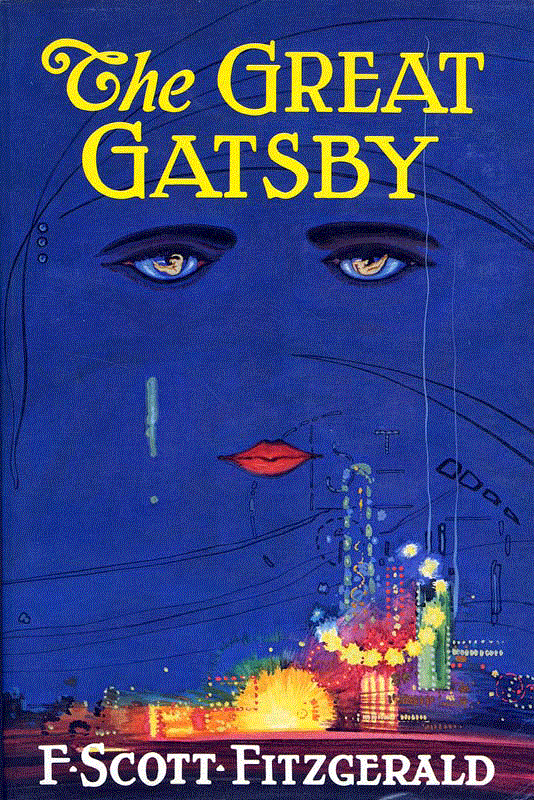What defines a novel or a short story? In the age of e-books, novels and short stories clearly don’t need to be physical objects with pages that you hold in your hands. But must these works take certain forms? Certainly, many writers from the early twentieth century and onward have pushed the boundaries of the literary form, from Jean Toomer’s Cane (1923), which was initially published as short-story pieces and poems in various journals, to a work like Italo Calvino’s If On a Winter’s Night a Traveler (1979) or Mark Z. Danielewski’s House of Leaves (2000). Of course, if we’re being honest, books like Laurence Sterne’s The Life and Opinions of Tristram Shandy, Gentleman (1759) pushed similar formal boundaries decades earlier. Yet those texts share at least one thing in common: if you want to buy a hard copy, you can still do so. What about novels that require social media platforms in order to exist? We’re thinking specifically about Teju Cole’s “Hafiz” (2014), a work published in its entirety on Twitter, one tweet at a time.
us toll free: 1-800-948-5563 international: +1 (843) 849-0283 UK: +44 (0) 1334 260018




_PD.jpg)














